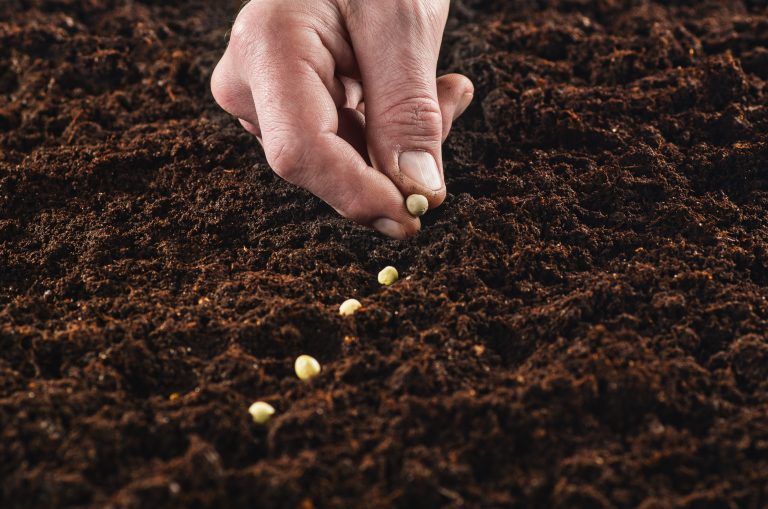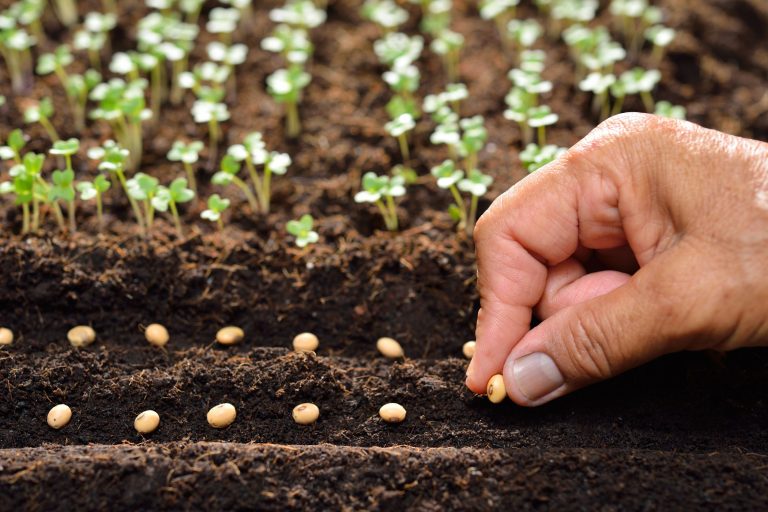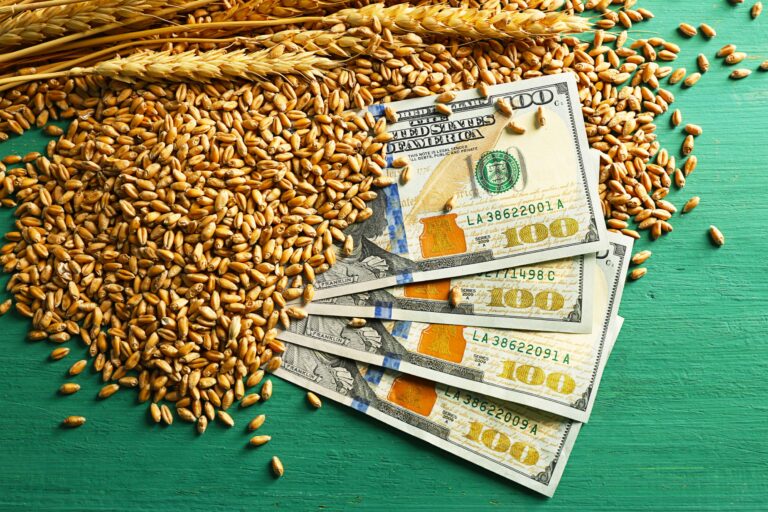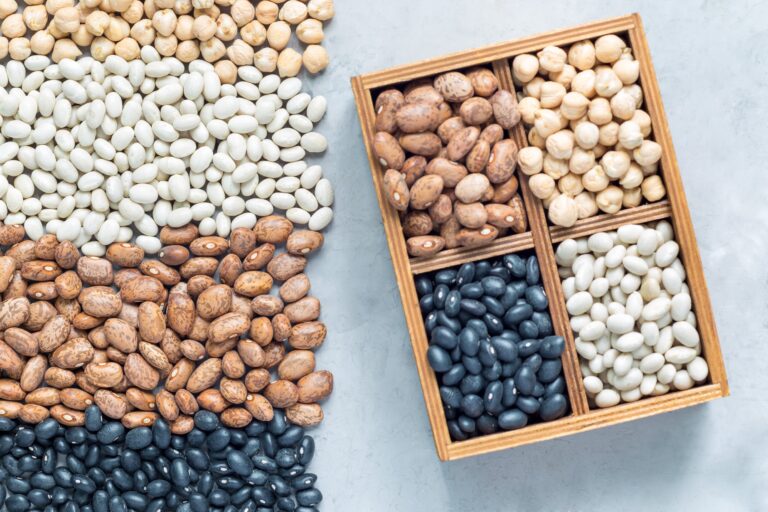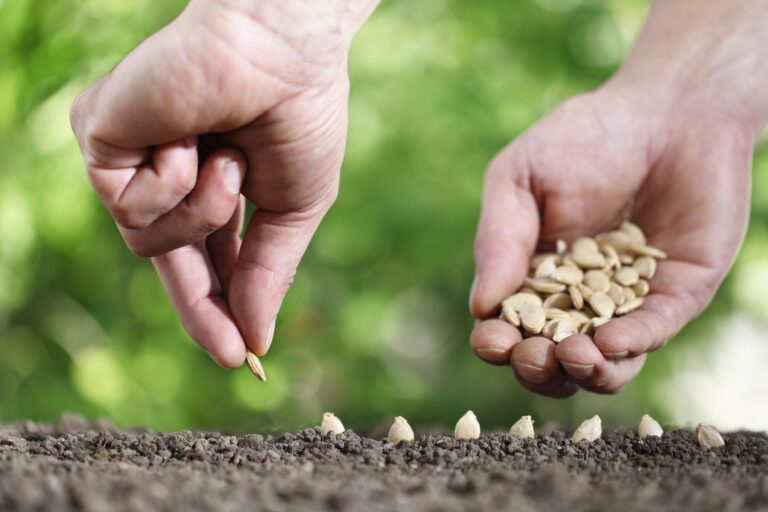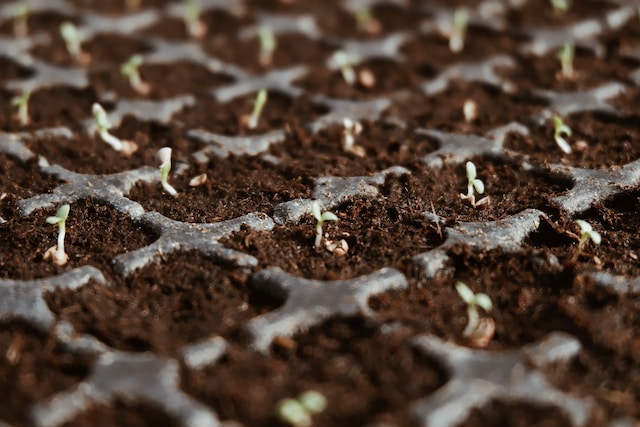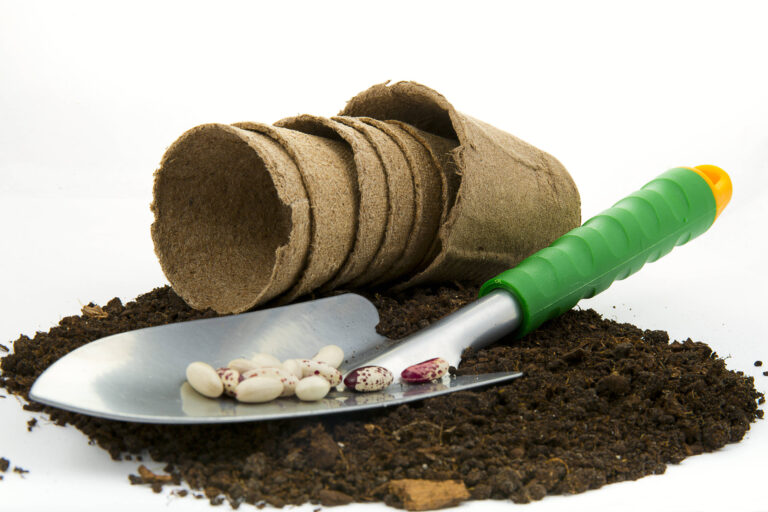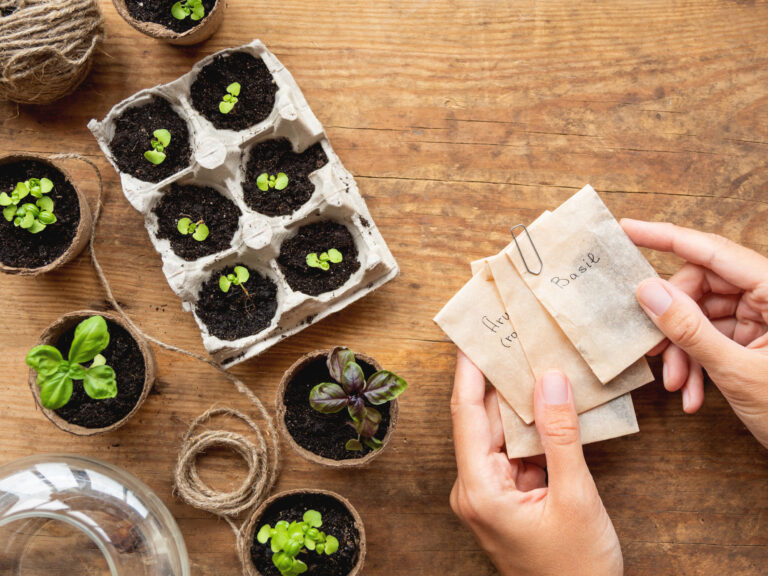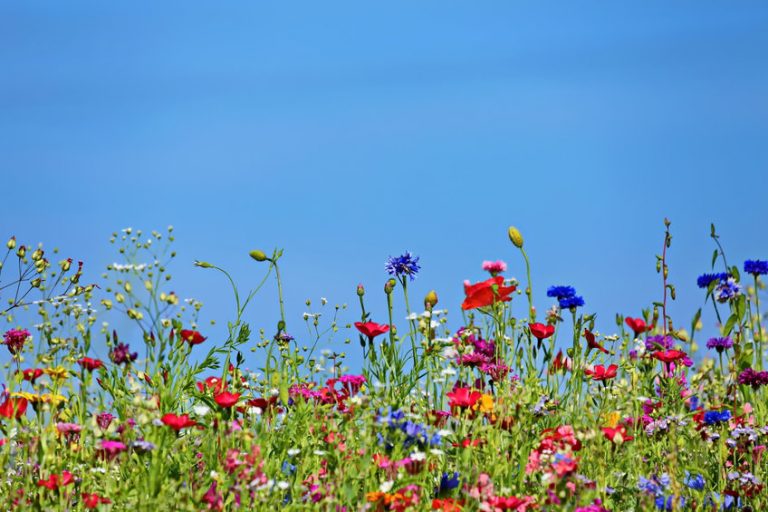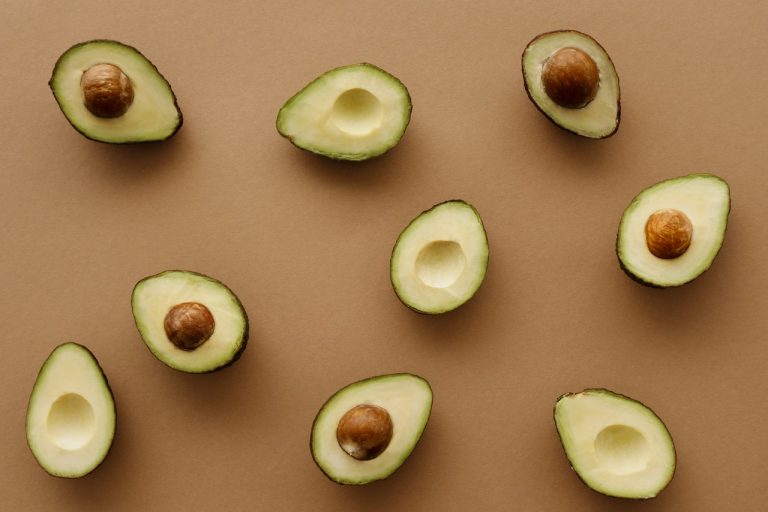At first glance, seeds seem like a relatively inexpensive purchase. However, when buying several varieties, the cost can really add up quickly. A frugal gardener knows that there are plenty of ways to find seeds for cheap or free. Here’s how to get free seeds from the government. Getting Free Seeds From the Government The…
seeds
A Wealth of Information: 4 Great Reasons to Order & Keep Seed Catalogs
Have you started receiving your seed catalogs yet? Mine have indeed begun arriving in my mailbox! I’ve set the pile aside during the holidays — I’ve been too busy cleaning, cooking, and entertaining to peruse them, but I look forward to when I have a chance to flip through the pages of delicious-looking produce. …
Don’t Buy Seeds From Monsanto — Buy From These 9 Companies Instead
In recent years, there’s been a growing movement among gardeners and small farmers to seek alternatives to seeds from large agribusinesses like Monsanto. Known for its genetically modified (GM) seeds and a business model that discourages seed saving, Monsanto has faced criticism from various sectors advocating for sustainable agriculture and biodiversity. If you’re looking to…
5 Compelling Reasons to Purchase Seeds Over Harvesting from Fruits
In the world of gardening, the choice between purchasing seeds and harvesting seeds from fruit can significantly impact the success of your planting season. While harvesting seeds from fruit may seem economical and sustainable, there are several compelling reasons to purchase seeds instead. This approach offers advantages ranging from genetic quality to ease of use,…
5 Fast Growing Seeds for Beginner Gardeners
In the world of gardening, the joy of planting a seed and watching it grow into a thriving plant is unparalleled. For beginner gardeners, this excitement is often tinged with impatience and the eagerness to see quick results. Fortunately, certain seeds grow at a rapid pace, offering almost immediate gratification and a sense of achievement….
Seed-Saving Techniques You Should Master
Seed-saving is the practice of intentionally collecting and preserving seeds from plants grown in a garden or farm for future planting and propagation. It involves deliberately selecting, harvesting, and storing seeds from mature, healthy plants to ensure the continuation of specific plant varieties. Why Care About Seed-Saving? Seed saving holds immense significance in the realm…
10 Techniques To Increase Germination Rate of Seeds
Germination refers to the process of a seed becoming a plant. Some people don’t mind a very slow process. They’ll plant flowers that take two years to show their colors. However, sometimes you want an experience a little bit closer to instant gratification. While no plant is going to germinate overnight, there are techniques to…
5 Cheap Substitutes for Seedling Trays
Seed trays offer a great way to start off your planting season. However, you don’t need to purchase actual trays from the gardening supply store. Instead, you can upcycle/recycle/DIY many terrific substitutes for seedling trays. Here are five good ideas: What Are Seedling Trays? Seed trays provide a great opportunity to begin growing multiple plants…
5 Reasons Why You Should Plant Wildflower Seeds In The Fall
There are so many reasons why you should plant wildflower seeds in the fall. Can you believe I used to think planting flowers was a waste of space? I wanted veggies to take up every ounce of square footage I had when I first started gardening. Now, my garden contains more flowers than ever…
2 Different Ways To Start An Avocado Seed
People love to put avocados on everything. I’m as much an avocado fanatic as the next person, but they don’t come cheap. Here’s how to start an avocado seed at home. Growing avocados at home I’ll be upfront with you. Growing an avocado tree takes time and patience. And it’s not a task suited…
